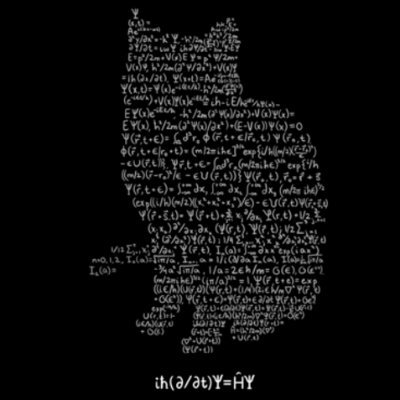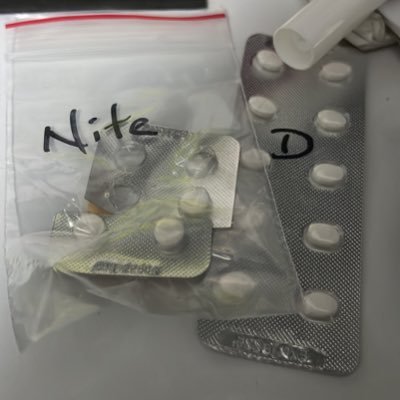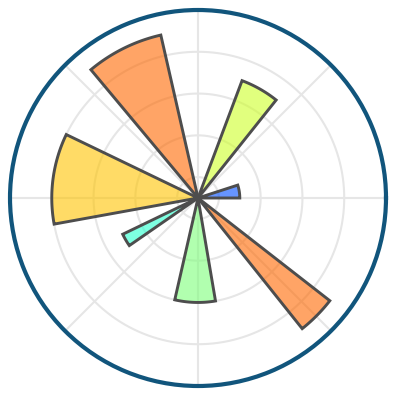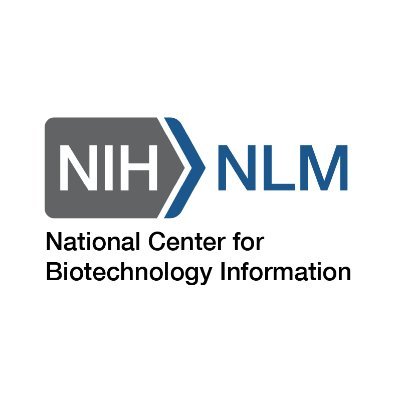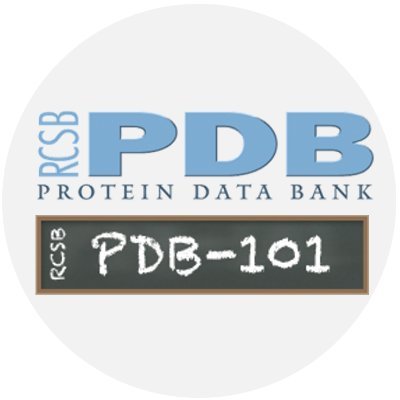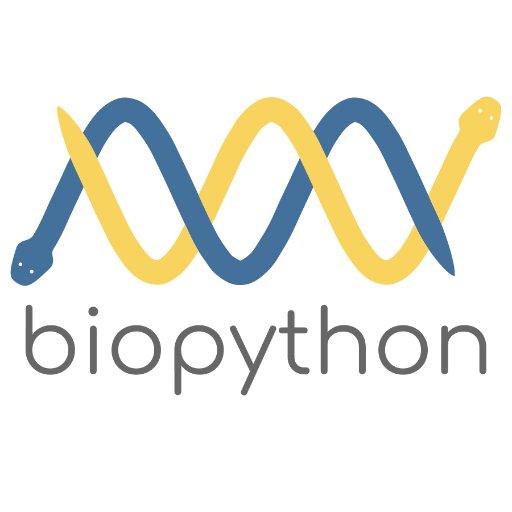
Biotite
@biotite_python
This Python package is your Swiss army knife for bioinformatics. It allows analysis of sequence and biomolecular structure data in an easy and efficient manner.
Joined November 2017
You might like
United States Trends
- 1. Jake Paul 181K posts
- 2. Bama 39.2K posts
- 3. Oklahoma 65.1K posts
- 4. #RollTide 17.6K posts
- 5. Mateer 12.1K posts
- 6. Ryan Williams 3,729 posts
- 7. Rose Bowl 4,990 posts
- 8. Clinton 231K posts
- 9. #boxing 8,615 posts
- 10. Epstein 1.18M posts
- 11. #CFBPlayoff 15.6K posts
- 12. 6ix9ine 5,148 posts
- 13. Wolves 20.8K posts
- 14. Ty Simpson 6,262 posts
- 15. KO'd 8,558 posts
- 16. Tyson Fury 3,652 posts
- 17. Hulk Hogan 2,750 posts
- 18. Finch 8,036 posts
- 19. Dort 9,507 posts
- 20. #GMMTVStarlympics2025 603K posts
You might like
-
 AI Proteins
AI Proteins
@AI_Proteins -
 Scite
Scite
@Scite -
 Ali Khademhosseini
Ali Khademhosseini
@khademh -
 Sergey Ovchinnikov
Sergey Ovchinnikov
@sokrypton -
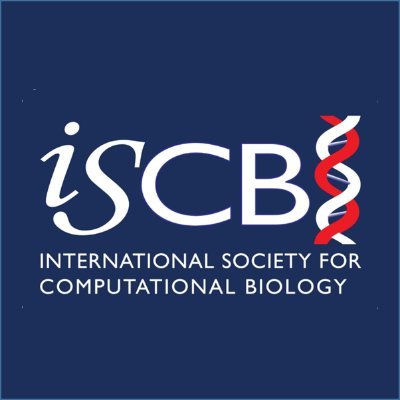 ISCB News
ISCB News
@iscb -
 Daniel Gerlach
Daniel Gerlach
@gerlach_d -
 pitxardo
pitxardo
@pitxardo -
 Alex Rives
Alex Rives
@alexrives -
 Raghunathan Ramakrishnan
Raghunathan Ramakrishnan
@raghurama123 -
 openfold
openfold
@open_fold -
 Olivier Elemento
Olivier Elemento
@ElementoLab -
 Ben Spiegel
Ben Spiegel
@ben_spiegel_ -
 Geometric Bites
Geometric Bites
@GeometricBites -
 木村 正哉
木村 正哉
@masaya_k_g4
Loading...
Something went wrong.
Something went wrong.

















